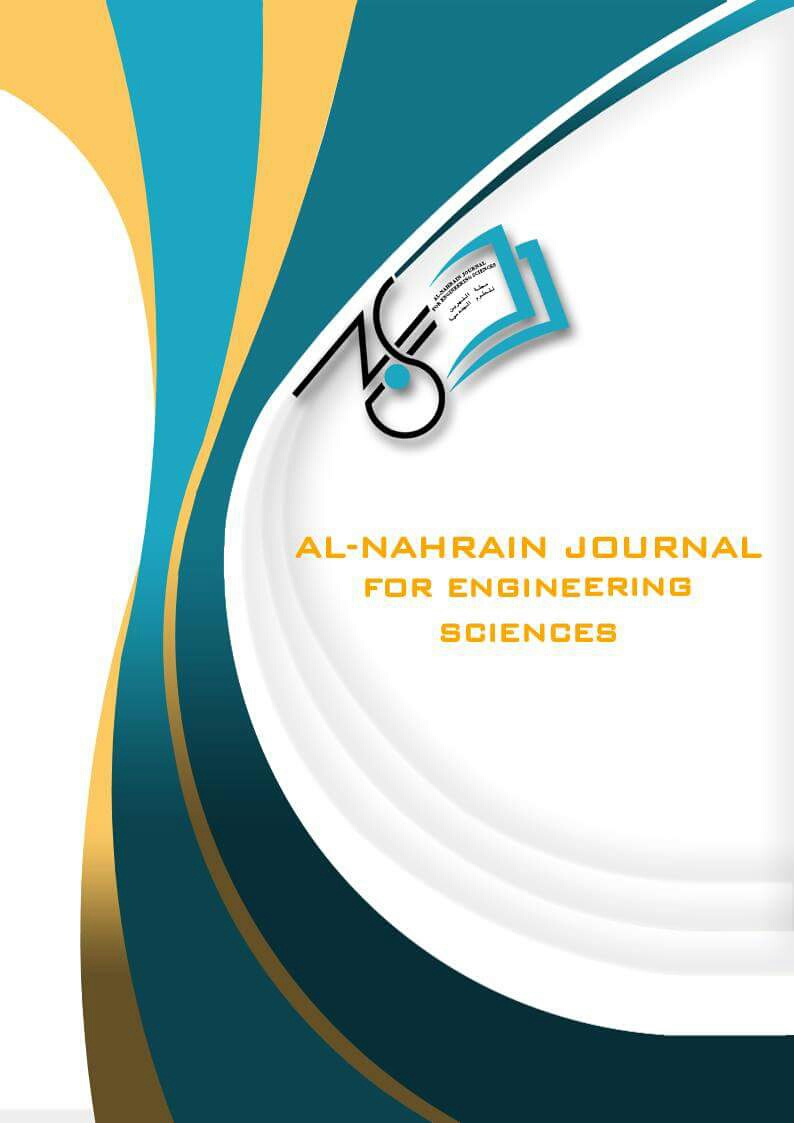An in-Depth Examination Modalities of Hemodynamic Characteristics in Mechanical Aortic Valve: A Comprehensive Review Article
DOI:
https://doi.org/10.29194/NJES.26040326Keywords:
Aortic Valve, Prosthetic Heart Valve, Biomechanics, Fluid Dynamic, Echocardiography, Computer SimulationAbstract
The assessment of prosthetic aortic valves through echocardiography, a pivotal noninvasive tool, encounters challenges, with discordant findings compared to invasive measurements, particularly in transvalvular gradients. To address these complexities, this comprehensive review article explores diverse methodologies and modalities for assessing prosthetic aortic valve performance. As these life-saving devices advance in complexity, the demand for precise and innovative assessment techniques intensifies. This journey through established and emerging modalities aims to inform clinical practice, foster experimental innovation, and enhance patient care in the realm of aortic valve prosthetic assessment. Ultimately, a profound understanding of the hemodynamic milieu engendered by aortic prosthetic valves serves as the cornerstone for optimizing valve design and clinical utility. The primary objective of this comprehensive review is to elucidate, with utmost precision, the multifaceted methodologies employed in the investigation and evaluation of mechanical prosthetic aortic valve.
Downloads
References
Seoudy, H., Limitations of echocardiography in the assessment of aortic valve disease. Journal of Cardiology Practice, 2020. 18: p. 17-28.
Bokros, J., Monoleaflet Tilting Disc Valves, in Heart of Carbon: The Story Behind the Pursuit of the Perfect Mechanical Heart Valve. 2023, Springer. p. 53-66.
Ciolacu, D.E., R. Nicu, and F. Ciolacu, Natural polymers in heart valve tissue engineering: Strategies, advances and challenges. Biomedicines, 2022. 10(5): p. 1095.
Dumont, K., Experimental and numerical modeling of heart valve dynamics. 2004, Ghent University.
Angellotti, D., et al., Is There Still a Role for Invasive Assessment of Aortic Gradient? Diagnostics, 2023. 13(10): p. 1698.
Hatoum, H., et al., Modeling of the instantaneous transvalvular pressure gradient in aortic stenosis. Annals of biomedical engineering, 2019. 47: p. 1748-1763.
Baumgartner, H., et al., Recommendations on the echocardiographic assessment of aortic valve stenosis: a focused update from the European Association of Cardiovascular Imaging and the American Society of Echocardiography. European Heart Journal-Cardiovascular Imaging, 2017. 18(3): p. 254-275.
Caballero, A., et al., New insights into mitral heart valve prolapse after chordae rupture through fluid–structure interaction computational modeling. Scientific reports, 2018. 8(1): p. 17306.
Abd Malek, A.F., Evaluation of Granular Fertilizer Boom Sprayer Performance Via Computational Simulation. 2015, Universiti Tun Hussein Onn Malaysia.
Welty, J., G.L. Rorrer, and D.G. Foster, Fundamentals of momentum, heat, and mass transfer. 2020: John Wiley & Sons.
Roux, E., et al., Fluid shear stress sensing by the endothelial layer. Frontiers in Physiology, 2020. 11: p. 861.
Heil, M. and W. Schaper, Influence of mechanical, cellular, and molecular factors on collateral artery growth (arteriogenesis). Circulation research, 2004. 95(5): p. 449-458.
Dessalles, C.A., et al., Integration of substrate-and flow-derived stresses in endothelial cell mechanobiology. Communications Biology, 2021. 4(1): p. 764.
Bazan, O. and J.P. Ortiz, Experimental validation of a cardiac simulator for in vitro evaluation of prosthetic heart valves. Brazilian Journal of Cardiovascular Surgery, 2016. 31: p. 151-157.
Kheradvar, A., et al., Animal models for heart valve research and development. Drug Discovery Today: Disease Models, 2017. 24: p. 55-62.
Croft, L.R. and M.R.K. Mofrad, Computational modeling of aortic heart valves. Computational Modeling in Biomechanics, 2010: p. 221-252.
Weinberg, E.J., D. Shahmirzadi, and M.R.K. Mofrad, On the multiscale modeling of heart valve biomechanics in health and disease. Biomechanics and modeling in mechanobiology, 2010. 9: p. 373-387.
Mobaraki, B. and M. Vaghefi, Numerical study of the depth and cross-sectional shape of tunnel under surface explosion. Tunnelling and underground space technology, 2015. 47: p. 114-122.
Rajiah, P., et al., Multimodality imaging of complications of cardiac valve surgeries. Radiographics, 2019. 39(4): p. 932-956.
Sucha, D., et al., Multimodality imaging assessment of prosthetic heart valves. Circulation: Cardiovascular Imaging, 2015. 8(9): p. e003703.
Forleo, M. and L.P. Dasi, Effect of hypertension on the closing dynamics and lagrangian blood damage index measure of the B-Datum Regurgitant Jet in a bileaflet mechanical heart valve. Annals of biomedical engineering, 2014. 42: p. 110-122.
Elefteriades, J.A. and B.A. Ziganshin, Reply: Effective orifice area of prosthetic heart valves—not perfect, but still valuable. The Journal of Thoracic and Cardiovascular Surgery, 2020. 159(6): p. e330-e332.
Bech-Hanssen, O., et al., Assessment of effective orifice area of prosthetic aortic valves with Doppler echocardiography: an in vivo and in vitro study. The Journal of thoracic and cardiovascular surgery, 2001. 122(2): p. 287-295.
Feng, Z., et al., In vitro investigation of opening behavior and hydrodynamics of bileaflet valves in the mitral position. Artificial organs, 2002. 26(1): p. 32-39.
Downloads
Published
Issue
Section
License
Copyright (c) 2024 Qabas Tariq, Samar Ali Jaber, Ahmed Ammar

This work is licensed under a Creative Commons Attribution-NonCommercial 4.0 International License.
The authors retain the copyright of their manuscript by submitting the work to this journal, and all open access articles are distributed under the terms of the Creative Commons Attribution-NonCommercial 4.0 International (CC-BY-NC 4.0), which permits use for any non-commercial purpose, distribution, and reproduction in any medium, provided that the original work is properly cited.













